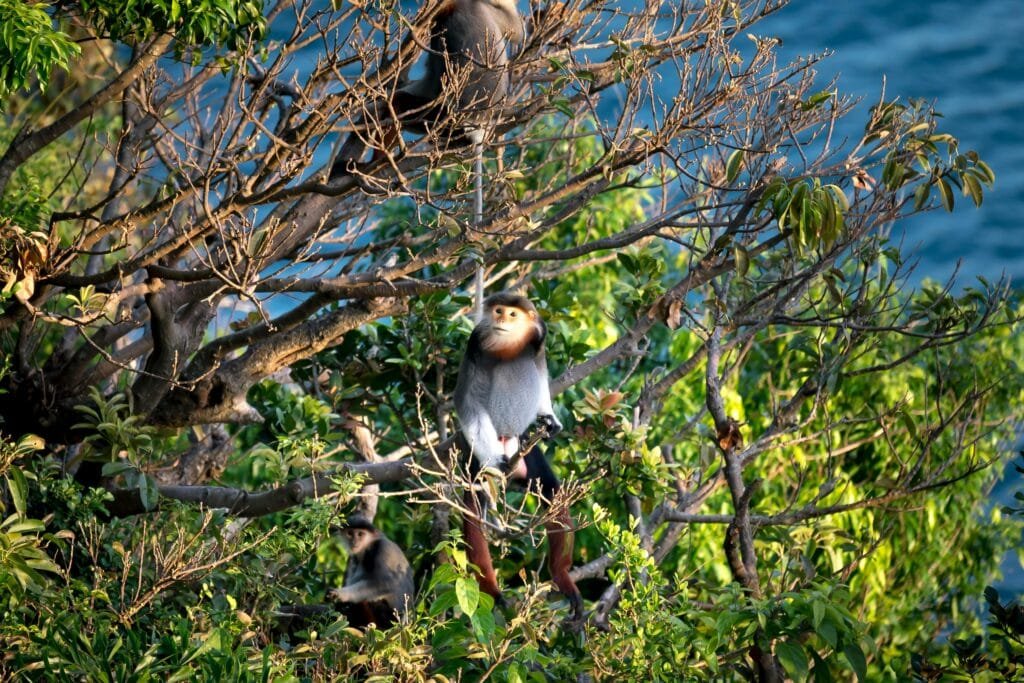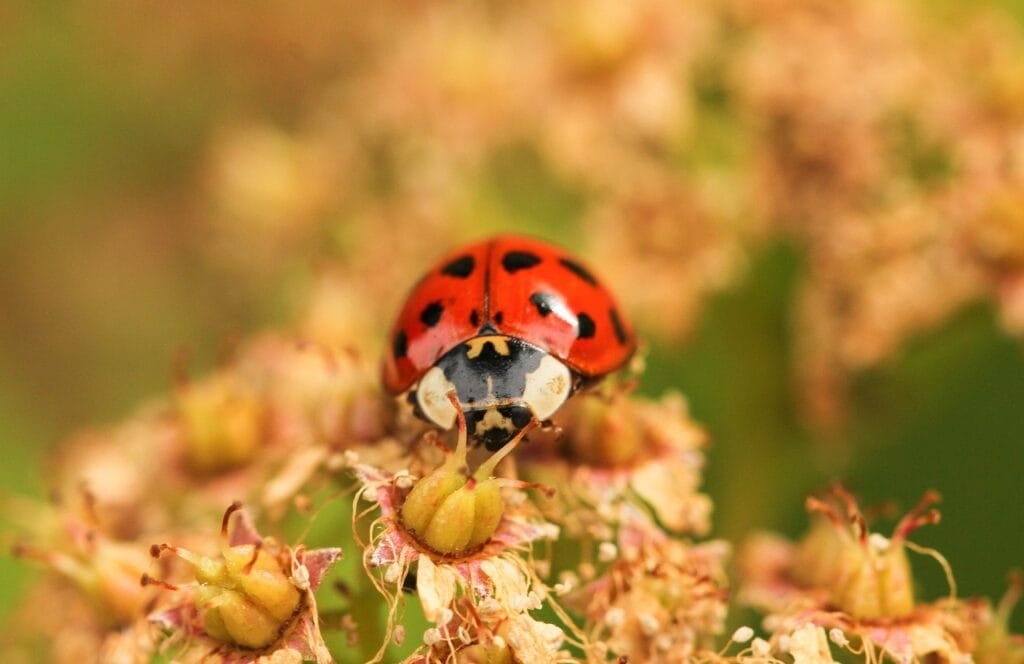This report explores the vital role trees play in supporting urban biodiversity. It discusses how trees contribute to ecological balance in cities by providing habitats, food, and microclimates for various species. Challenges to urban biodiversity, such as urbanization and pollution, are examined, along with actionable recommendations for enhancing biodiversity through strategic tree planting and community involvement. Additionally, this report incorporates statistics and practical tips to inspire meaningful action.
Urban Biodiversity: An Overview
Urban biodiversity refers to the variety of life forms found in cities, including plants, animals, and microorganisms. Trees play a crucial role in maintaining this diversity by creating habitats, stabilizing ecosystems, and fostering connections between species. This report delves into the importance of trees in urban environments, the challenges they face, and how they can be better utilized to support biodiversity.
The Importance of Urban Biodiversity
Urban biodiversity enhances the quality of life for city dwellers by improving air and water quality, regulating temperatures, and providing spaces for recreation and mental well-being. Research shows that neighborhoods with higher tree density have up to 15% lower air pollution levels and can reduce urban temperatures by 2–4°C (Green City Initiative, 2023). Biodiversity also strengthens the resilience of ecosystems to environmental changes, ensuring sustainable urban living.
How Trees Contribute to Urban Biodiversity
Habitat Creation
Trees provide shelter and nesting sites for birds, squirrels, insects, and other wildlife. Mature trees with hollows or dense foliage are especially valuable for species that rely on safe spaces to thrive. For example, studies indicate that urban trees support over 80% of bird species in metropolitan areas (Urban Forestry Research Group, 2020).
Food Sources
Trees supply food in the form of leaves, fruits, nectar, and seeds. For example, flowering trees attract pollinators like bees and butterflies, while fruit-bearing trees support birds and mammals. Oak trees alone can support over 500 species of caterpillars, which are a critical food source for nesting birds (Smith, 2021).
Microclimates
By offering shade and cooling effects, trees create microclimates that sustain species unable to survive in extreme urban heat. This helps maintain ecological balance within cities, particularly in areas prone to heat islands.
Examples of Trees Supporting Urban Wildlife
Native Trees
Native species, such as oak, maple, and elm, support diverse ecosystems. Oaks, for example, are host to hundreds of species of insects and birds. In a study conducted in the United States, urban areas with native trees had 25% higher biodiversity than areas dominated by non-native species (Green City Initiative, 2023).
Non-Native Trees
While non-native trees can provide aesthetic appeal, they may not offer the same ecological benefits as native species. However, certain non-native species, like eucalyptus, can support specific wildlife in compatible climates. Careful selection of non-native trees is essential to avoid disrupting local ecosystems.
Challenges to Urban Biodiversity
Loss of Green Spaces
Rapid urbanization often leads to deforestation and the loss of habitats. Trees are replaced by buildings and infrastructure, disrupting ecosystems. According to the UN, urban areas lose approximately 7% of their green cover annually due to development (UN Habitat, 2022).
Pollution
Air, water, and soil pollution can weaken trees, making them less capable of supporting biodiversity. For example, contaminated soil can inhibit tree growth and reduce habitat quality. Studies show that 30% of urban trees in polluted areas exhibit stunted growth or disease (Smith, 2021).


Invasive Species
The introduction of invasive plant and animal species can threaten the survival of native trees and wildlife. Invasive species are responsible for the decline of over 20% of native tree populations in urban areas (Urban Forestry Research Group, 2020).
Recommendations for Enhancing Urban Biodiversity
Planting Native Trees
Promote the use of native species in urban landscaping to ensure compatibility with local ecosystems. Native trees are more likely to thrive and support indigenous wildlife. For instance, planting native oaks in urban parks can increase bird populations by up to 40% (Green City Initiative, 2023).
Community Involvement
Encourage community tree-planting initiatives and urban gardening projects. Educating residents about the importance of biodiversity fosters greater care for urban green spaces. Programs like “Adopt-a-Tree” have been shown to increase tree survival rates by 20% in urban areas (Urban Forestry Research Group, 2020).
Urban Planning Integration
Incorporate green corridors, parks, and tree-lined streets into city planning. Policies should prioritize the conservation of existing trees and the strategic planting of new ones. Cities like Singapore have successfully integrated green roofs and vertical gardens, increasing urban green space by 10% in the past decade (Smith, 2021).
Tips for Supporting Urban Biodiversity
- Choose Native Trees: When planting trees, opt for native species that are well-suited to the local environment.
- Participate in Local Initiatives: Join or organize community tree-planting events to enhance green spaces.
- Support Policies for Green Infrastructure: Advocate for urban planning policies that prioritize biodiversity.
- Avoid Harmful Practices: Limit the use of pesticides and chemicals that can harm wildlife and trees.
- Educate Others: Spread awareness about the importance of urban biodiversity and how trees contribute to it.
Trees are essential allies in the quest for sustainable urban biodiversity. By providing habitats, food, and environmental benefits, they create a lifeline for countless species. Addressing challenges like habitat loss and pollution through community action and urban planning can ensure that trees continue to support thriving ecosystems. Planting and protecting trees is a small but powerful step toward a greener, more biodiverse future.
References
- Smith, J. (2021). Urban Biodiversity and Sustainable Cities. Environmental Science Journal.
- Urban Forestry Research Group (2020). The Role of Trees in Urban Ecosystems. University Press.
- Green City Initiative (2023). Native Trees for Biodiversity. Online Resource.
- UN Habitat (2022). Urbanization and Green Spaces.
- Sustainable Sort. The Role of Trees in Supporting Urban Biodiversity.

